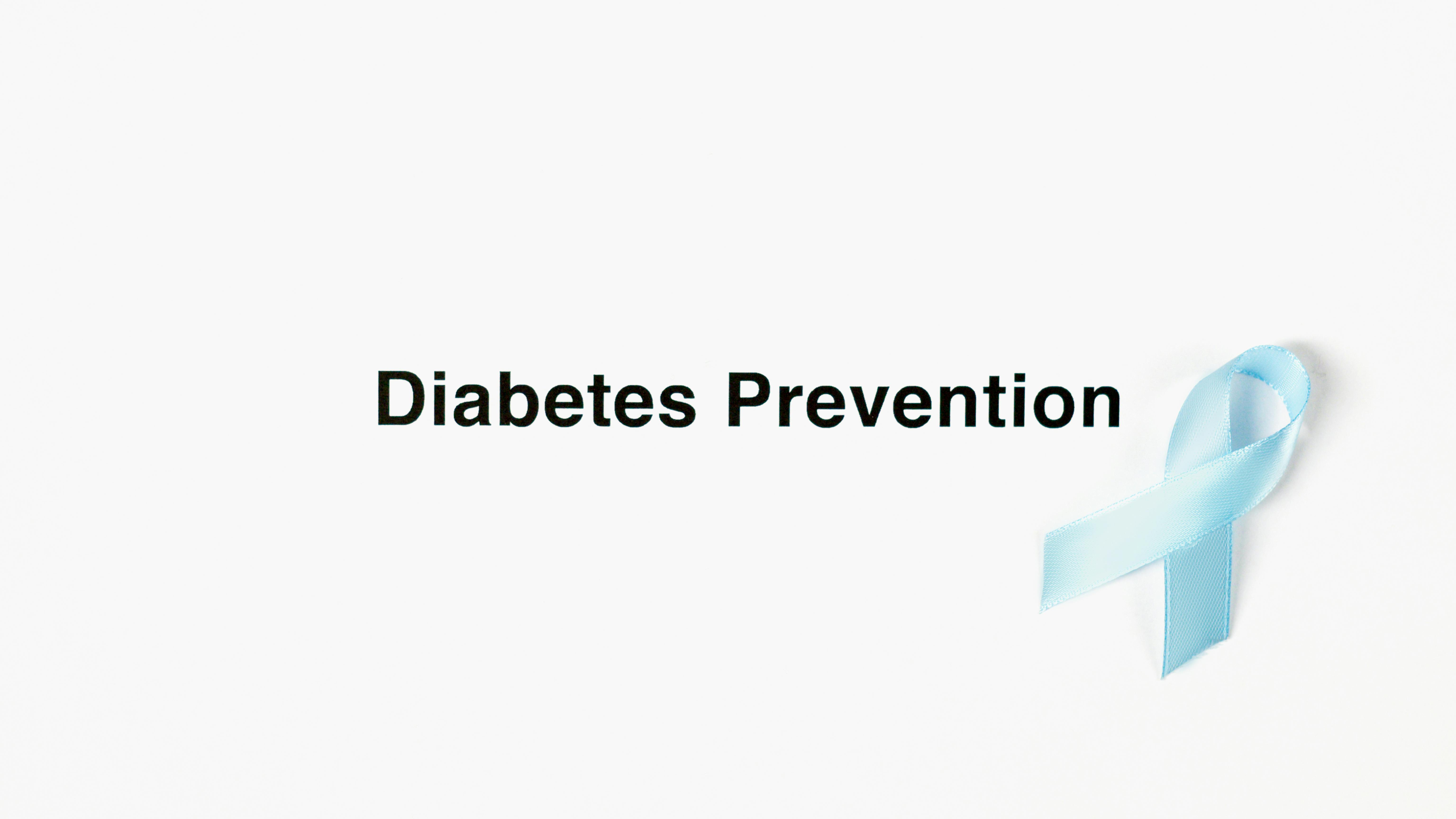
If you have a blog, one of the biggest things you probably struggle with is how to increase your blog traffic. Simply posting to your blog and hoping people find you doesn’t work very well. There are many great tactics and sources for getting people to your site, and we’ll show you exactly how to do it.
#1) Improve Your SEO – Let Search Engines Send You Traffic
If you optimize your website for search engines, you are much more likely to get “organic” traffic from Google and Bing. As people search for different topics, if you have a post on that topic, your blog might show up in the results. The two most important factors that search engines look at are the website URL and the title tag. Add a thoughtful title tag
#2) Add Images to Your Blog Posts
Adding images to your posts is just another way for people to find your blog. Search engines index images and make them searchable. Go to Google and do a search for “snowboarders” and the third item that comes up is Images for snowboarders. If you click on one of those images, it takes you to the site where that image is located.
While uploading your images, make sure to optimize them for search engines:
The file name must be relevant to the image: The file name appears below the image in the search results. Save the image as a JPG file, which is the most search engine friendly. Keep the image larger than 100×100 and smaller than 1200×1200. Be sure to fill in the Alt tag for each image and use an image caption where possible.
#3) Get involved in other communities in your niche
This tactic will not only increase blog traffic, but it will also give you and your blog some name recognition. Many times you have the opportunity to link to your website from these other sites. There are many different types of sites you can get involved with, but keep them as close to your niche as possible. If you blog about snowboarding, the people on a recipe forum probably don’t care about the latest snowboard Burton just produced. The most popular types of sites will be other blogs, forums, and social networking sites. You’re probably already familiar with other sites in your niche, but there’s so much more for you to find. Just do a Google search for your type of site, like snowboarding. You can also get a little creative and do a search for “snowboarding forum” or “snowboarding blog” to find specific types of sites.
As you participate in these sites, keep in mind that you need to add quality to the community. Don’t comment on blogs or forums just for the sake of it. You want to showcase the fact that people should want to visit your blog for its information, humor, or whatever your site offers. Spam comments will convey the wrong message and will not benefit anyone.
#4) Be more socially active
Use Twitter, Facebook and Google+ to share your latest posts and communicate with potential new visitors. LinkedIn is also a great source of many new contacts that can greatly increase your blog traffic. Each of these sites allows you to have a personal account, as well as one for your business/brand, if you have one.
Share your posts and participate in conversations between your networks and others in your niche. If someone re-tweets one of your posts, be sure to say thank you. Social media is all about the social aspect (duh), so you want to make sure that conversations go both ways. A lot of times people don’t want to follow someone who just tweets their blog posts every time, they can subscribe to an RSS feed for that.
#5) Sign up for Q&A sites
Signing up and answering questions on Q&A sites is a highly underrated way to increase blog traffic. If someone is looking for an answer, your blog might have exactly what they’re looking for. Obviously, you should stick to questions that are in the same category as your website and only provide beneficial answers. The two most important sites for providing quality responses are Yahoo! Answers and Answers.com. Two lesser-known sites that are worth participating in are Formspring and Quora. Be sure to link to your website only when the question calls for it, you don’t need to include your website in every one of your answers. Site users will thank you.
#6) Use Your Website Analytics
Hopefully you already have some form of web analytics installed on your website. If not, please install Google Analytics as soon as possible. Analytics will help show you what you’re doing right and what you can improve when traffic comes to your site. For example, if you have a high bounce rate, that means users come to your site and leave without clicking on any additional pages. You can try to reduce this bounce rate by adding recent posts to your sidebar, adding category headers, or anything that might entice visitors to dig deeper into your blog. The analytics will also show where the traffic is coming from and how many people are coming from the source. If you see that a lot of your traffic is coming from Twitter, it might be a good idea to become even more active on Twitter and see if you can make it even better.
#7) Increase the speed of your website. Increasing the speed of your website helps with:
Image: Your visitors should respect your site and feel the professionalism. The faster your site loads, the better it will look. Web Analytics – Speeding up your site will increase all of your site metrics. Sales and subscription conversion: improve the factors that put more money in your pocket. Users won’t wait long for a website to load and they certainly won’t wait to spend their money. To learn how to properly speed up your website, download our free Website Optimization Speed Guide.
If you make an effort to improve (or implement) each of these tactics, you will surely be able to increase the traffic of your blog. The key is to be persistent. Most of the time, you won’t see instant results, but the traffic will start coming in little by little and will build up over time. Good luck and happy blogging!








